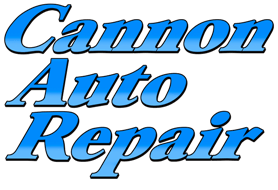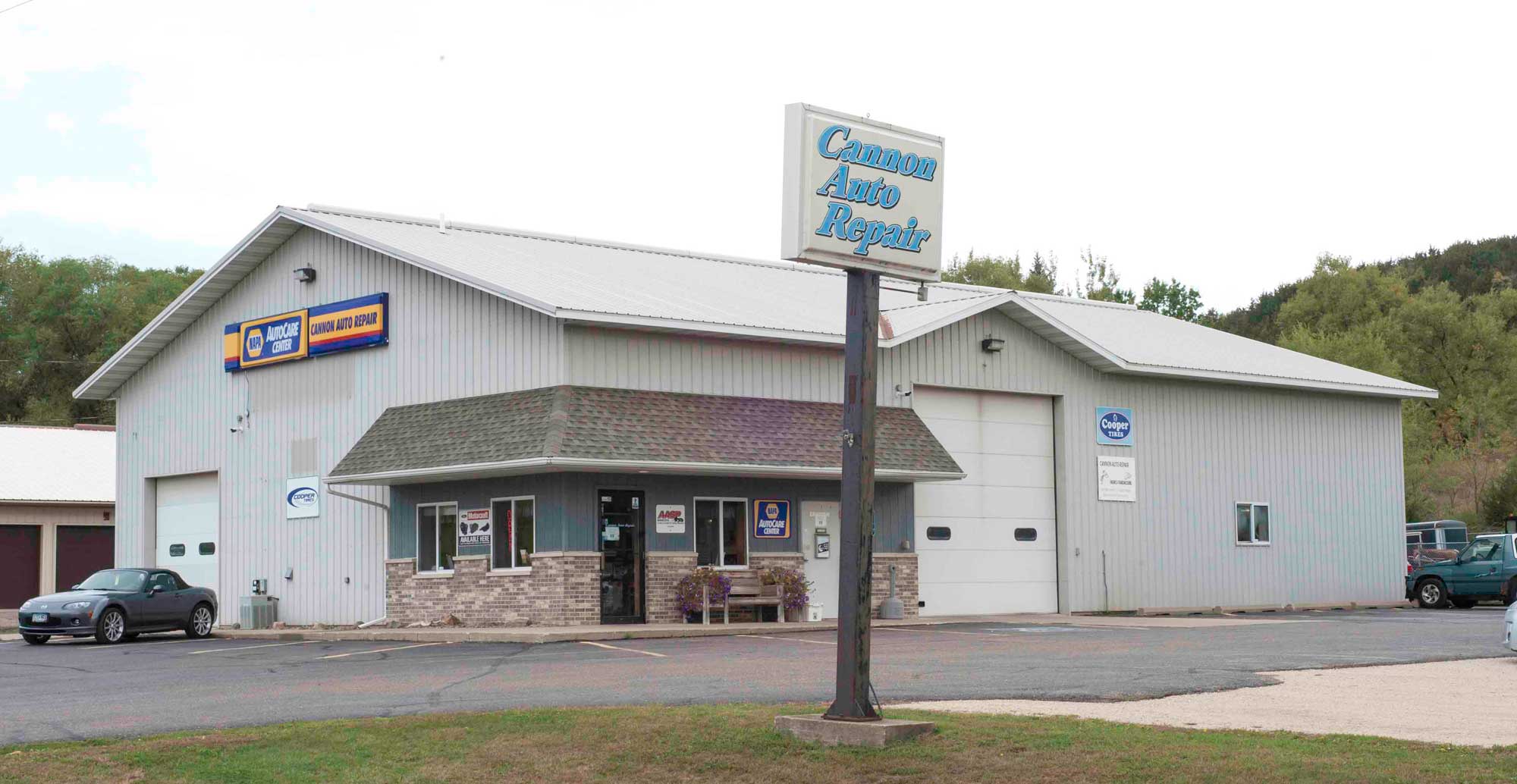With freezing temperatures here to stay awhile, you definitely want to make sure your vehicle can survive winter’s harsh conditions. If you haven’t already had an inspection of your radiator, including the antifreeze mixture, make sure to take care of it as soon as possible! Drivers should be aware of what are the symptoms of a bad radiator so they can be aware of potential problems and have the needed radiator repair as soon as possible.
Radiator repair should always be performed by a certified auto repair technician. They understand what is crucial in keeping your radiator in good condition so you don’t have any unexpected problems while driving down the road. Your mechanic will inspect:
- The level of fluids and top off or flush as necessary,
- Signs of corrosion and oxidation,
- The thermostat and fans to make sure they are working properly,
- The belts and hoses for cracks or leaks and replace if needed.
By taking care of your radiator, you can prevent some of the common issues that may arise:
- Antifreeze leaking from the radiator. If you see a green, pink, or orange puddle under your car where you park, or if you smell an unusual sweet smell, this is a sign that possibly a hose or the radiator unit itself has developed a leak. Head to your auto shop as soon as possible as driving with low levels of water and coolant will cause damage to the engine that you can’t see until you have engine problems.
- Engine overheats and starts to smoke. If the coolant level drops too low, your engine will start to overheat and you will see the temperature gauge rise and a warning light illuminate on the instrument panel. Pullover as soon as you safely can and call a tow truck. Ignoring the problem allows damage to take place in the engine and the problem will only get bigger and more expensive to fix.
- Sludge Build-up. Dirt or engine particles can contaminate the coolant, turning it into a dark rusty or oil color, resulting in the buildup of sludge in the radiator. Radiator repair keeps this sludge cleaned out, preventing overheating and damage to the engine and transmission.
Have questions about what are the symptoms of a bad radiator? Contact our ASE Certified Technicians at Cannon Auto Repair for more information about radiator repair and to schedule an appointment. Our auto shop serves vehicle owners in Cannon Falls, MN, and the surrounding areas.
Wondering what are the symptoms of a bad radiator? For quality radiator repair, schedule an appointment at Cannon Auto Repair.
With freezing temperatures here to stay awhile, you definitely want to make sure your vehicle can survive winter’s harsh conditions. If you haven’t already had an inspection of your radiator, including the antifreeze mixture, make sure to take care of it as soon as possible! Drivers should be aware of what are the symptoms of a bad radiator so they can be aware of potential problems and have the needed radiator repair as soon as possible.
Radiator repair should always be performed by a certified auto repair technician. They understand what is crucial in keeping your radiator in good condition so you don’t have any unexpected problems while driving down the road. Your mechanic will inspect:
- The level of fluids and top off or flush as necessary,
- Signs of corrosion and oxidation,
- The thermostat and fans to make sure they are working properly,
- The belts and hoses for cracks or leaks and replace if needed.
By taking care of your radiator, you can prevent some of the common issues that may arise:
- Antifreeze leaking from the radiator. If you see a green, pink, or orange puddle under your car where you park, or if you smell an unusual sweet smell, this is a sign that possibly a hose or the radiator unit itself has developed a leak. Head to your auto shop as soon as possible as driving with low levels of water and coolant will cause damage to the engine that you can’t see until you have engine problems.
- Engine overheats and starts to smoke. If the coolant level drops too low, your engine will start to overheat and you will see the temperature gauge rise and a warning light illuminate on the instrument panel. Pullover as soon as you safely can and call a tow truck. Ignoring the problem allows damage to take place in the engine and the problem will only get bigger and more expensive to fix.
- Sludge Build-up. Dirt or engine particles can contaminate the coolant, turning it into a dark rusty or oil color, resulting in the buildup of sludge in the radiator. Radiator repair keeps this sludge cleaned out, preventing overheating and damage to the engine and transmission.
Have questions about what are the symptoms of a bad radiator? Contact our ASE Certified Technicians at Cannon Auto Repair for more information about radiator repair and to schedule an appointment. Our auto shop serves vehicle owners in Cannon Falls, MN, and the surrounding areas.


